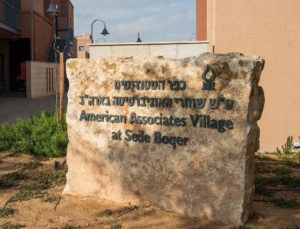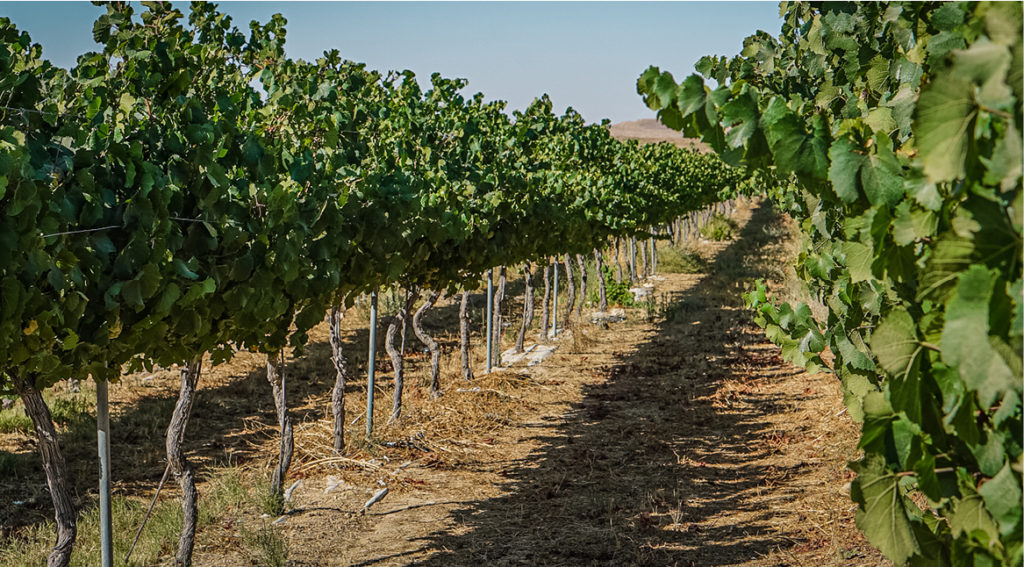
American Associates Village Honored for Eco Design
American Associates Village Honored for Eco Design
July 26, 2018
Desert & Water Research, Leadership, Awards & Events
Can the desert be an inspiration for great architecture? Ben-Gurion University answers with a resounding yes!
 The American Associates Village, a student complex at BGU’s Sde Boker campus, has won the inaugural architecture award in the category of green building. The award, given by the Town Planners Association, went to Itai Linenberg and Ron Rozen, of the world-renowned Israeli firm Linenberg Rozen Architects, for a design that deftly reflects the needs of desert living.
The American Associates Village, a student complex at BGU’s Sde Boker campus, has won the inaugural architecture award in the category of green building. The award, given by the Town Planners Association, went to Itai Linenberg and Ron Rozen, of the world-renowned Israeli firm Linenberg Rozen Architects, for a design that deftly reflects the needs of desert living.
It was thanks to generous Americans for Ben-Gurion University donors, who raised $13 million, that the Americans for Ben-Gurion University Village was built. Now it is home to graduate students of the Albert Katz International School for Desert Studies, the academic arm of the Jacob Blaustein Institutes for Desert Research, and the Woodman-Scheller Israel Studies International Program.
Sde Boker’s specific desert climate conditions played a large part in the design. Run-off from the village irrigates six drainage basin gardens, while specially designed windows make use of passive heating to regulate the temperature of the buildings. The semi-private internal courtyards provide cooling shade as well as encourage an atmosphere that fosters communal life.
Prof. Isaac Meir, an architect and sustainable building researcher at BGU in Sde Boker, conducted a study of the Americans for Ben-Gurion University Village with his students to explore its ecological advantages.
“The new student dormitories incorporate a number of environmental principles,” says Prof. Meir. “This includes ‘sun rights’ (accessibility for sunlight in winter) for most of the units; solar passive heating elements, which helps to ventilate the units on summer nights and obviates most of the need for air conditioning; and of course thermal insulation and thermal mass.”
Another added bonus that Prof. Meir addressed was that “the surrounding land also blends in with the desert landscape and therefore lowers the buildings’ profiles.”




